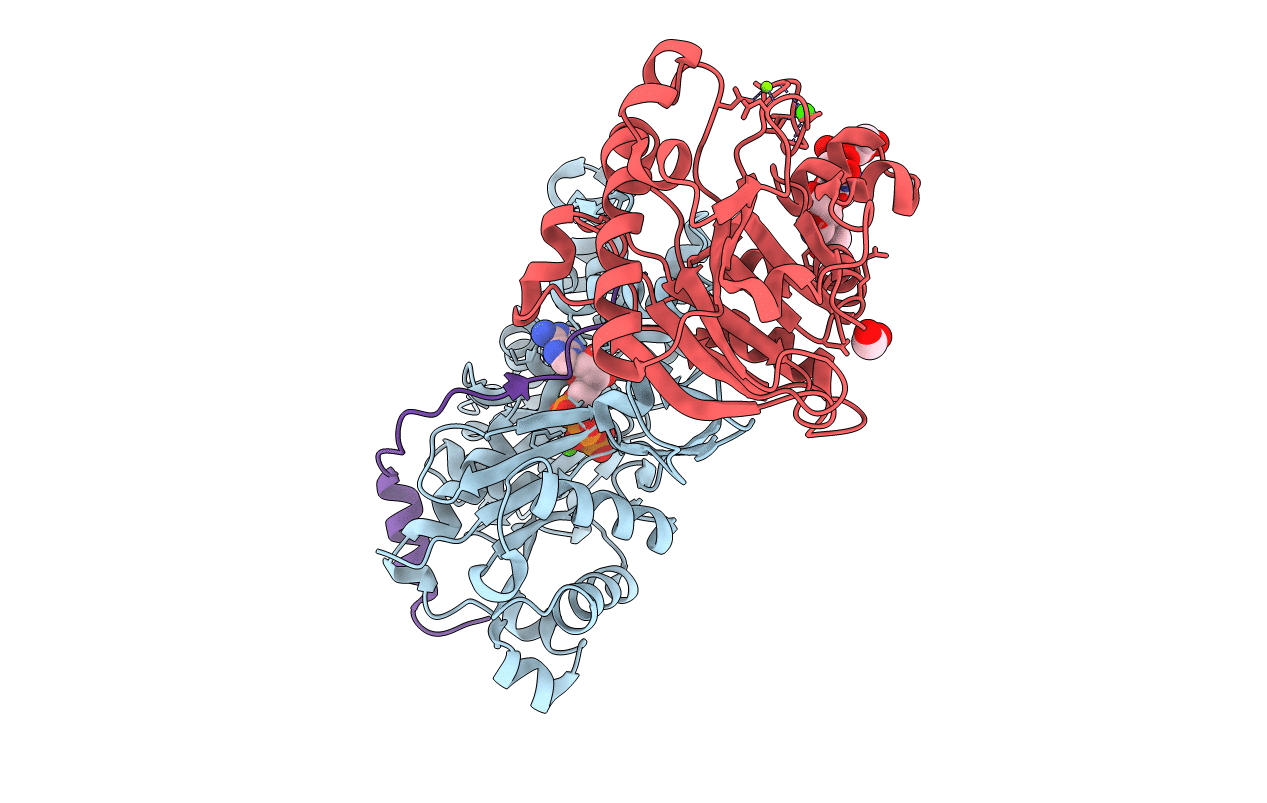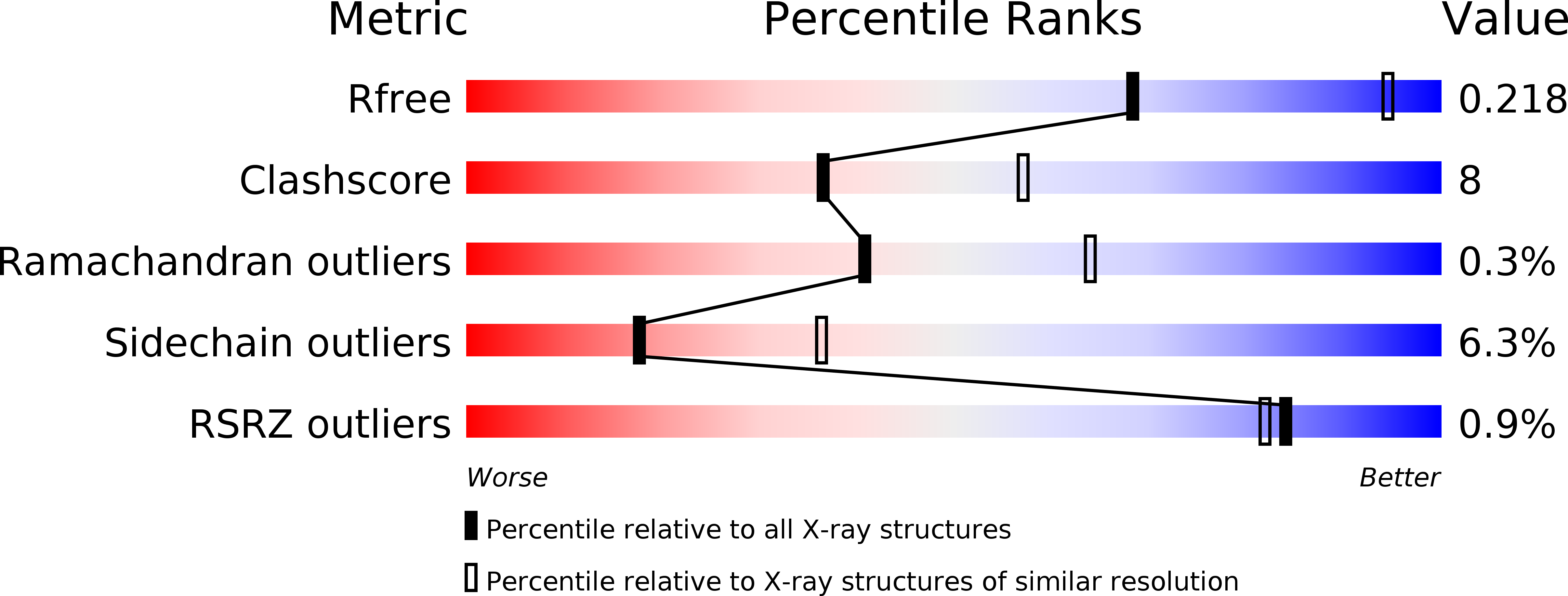
Deposition Date
2005-06-27
Release Date
2005-11-01
Last Version Date
2023-08-23
Entry Detail
PDB ID:
2A41
Keywords:
Title:
Ternary complex of the WH2 Domain of WIP with Actin-DNAse I
Biological Source:
Source Organism:
Oryctolagus cuniculus (Taxon ID: 9986)
Bos taurus (Taxon ID: 9913)
Bos taurus (Taxon ID: 9913)
Method Details:
Experimental Method:
Resolution:
2.60 Å
R-Value Free:
0.21
R-Value Work:
0.16
R-Value Observed:
0.16
Space Group:
P 21 21 21


